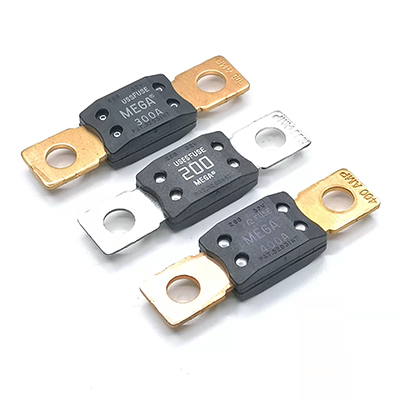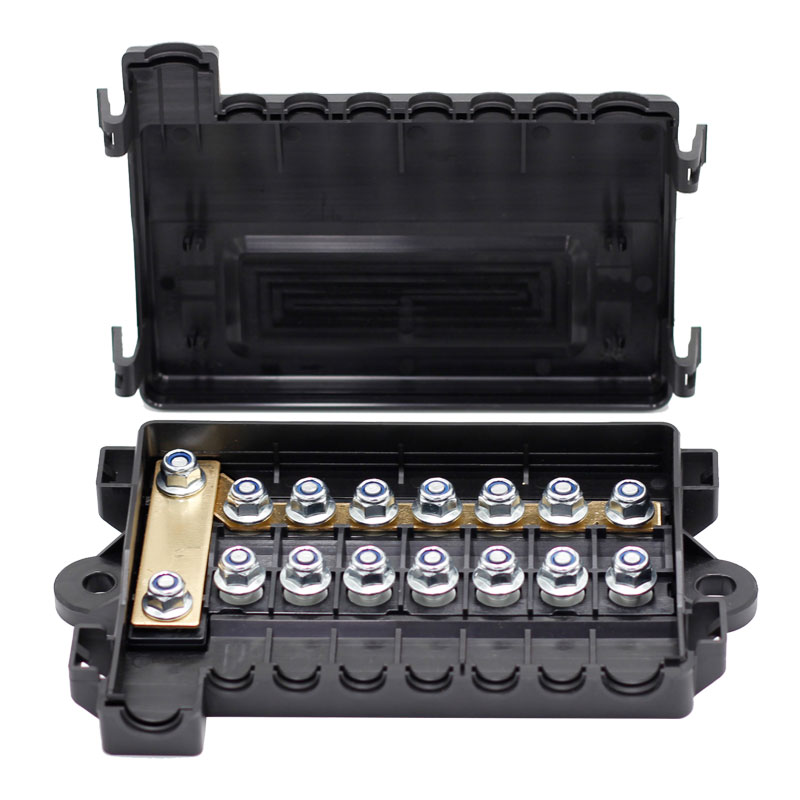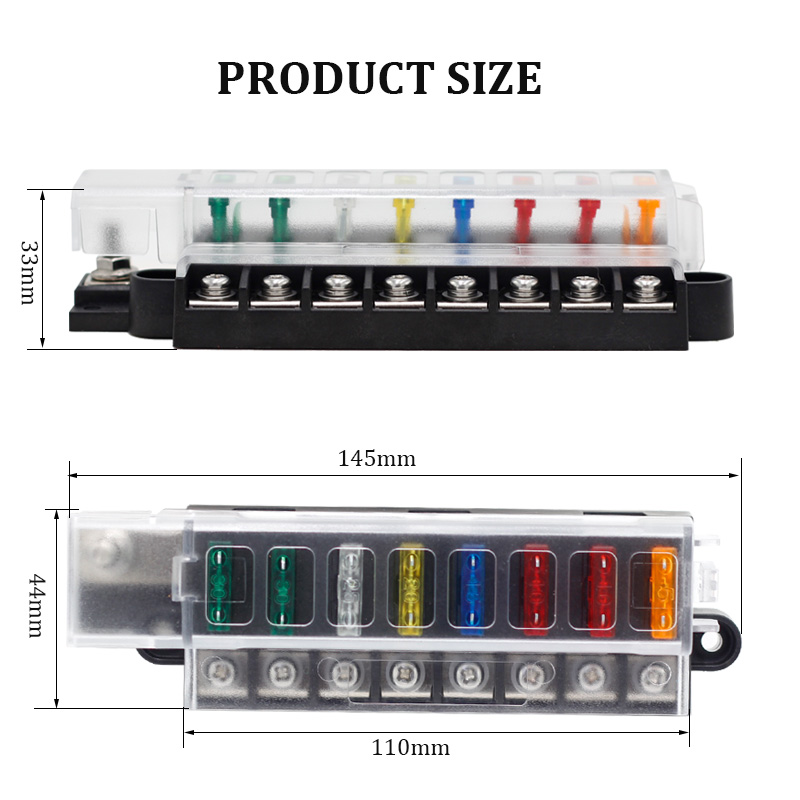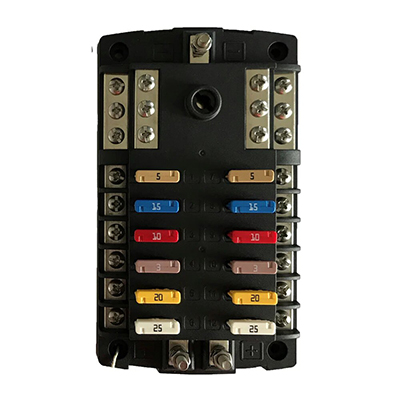Optimizing Vehicle Safety with Fuses for Fog Lights and Auxiliary Lighting Systems
News 2025-10-13
Automotive fuses are critical components in modern vehicles, particularly for systems like fog lights and auxiliary lighting. These small devices protect electrical circuits from damage due to overcurrent or short circuits, ensuring reliable operation in various driving conditions. For fog lights, which are essential in low-visibility scenarios such as heavy fog or rain, fuses prevent failures that could leave drivers without vital illumination. Similarly, auxiliary lighting, including work lights or driving lamps, relies on fuses to safeguard against electrical faults, enhancing safety during nighttime or off-road adventures. By integrating high-quality fuses, vehicle owners can avoid costly repairs and maintain optimal performance, making them indispensable in the automotive electrical system.

Performance Advantages of Automotive Fuses
Automotive fuses for fog lights and auxiliary lighting offer several key benefits that enhance system reliability. They are designed with precise current ratings, such as 10A or 15A, to handle specific loads without unnecessary tripping, ensuring consistent light output. Materials like ceramic or blade-style fuses provide superior heat resistance and quick response times to faults, reducing the risk of fire or component damage. This performance edge is crucial in demanding environments, where vibrations and temperature fluctuations are common, allowing for longer lifespan and reduced maintenance needs. Overall, these fuses contribute to energy efficiency by protecting against overloads, which can otherwise drain the vehicle’s battery or cause dimming in lighting systems.
Practical Applications in Real-World Scenarios
In everyday driving, fuses for fog lights and auxiliary lighting play a vital role in diverse situations. For instance, during foggy mornings or snowy conditions, fog lights must operate flawlessly, and the right fuse ensures they do so without interruption. Auxiliary lighting systems, often used in towing, camping, or emergency roadside assistance, benefit from fuses that withstand high amperage draws, providing bright illumination for safety. Mechanics and enthusiasts frequently upgrade to automotive-grade fuses with higher interrupt capacities for custom installations, such as LED conversions, which demand precise protection to avoid circuit burnout. This adaptability makes fuses essential for both standard and modified vehicles, promoting safer and more efficient use in urban and rural settings.
Frequently Asked Questions
1、What amperage should I use for fog light fuses?
For most vehicles, fog light fuses are rated between 10 and 15 amps, but always check the owner’s manual to match your specific model and avoid electrical issues.
2、Can I replace a blown fuse with a higher rating?
No, using a higher-rated fuse can lead to wiring damage or fires; always use the exact rating specified to maintain safety and performance.
3、How often should I inspect fuses in auxiliary lighting systems?
Inspect fuses during routine vehicle maintenance, such as oil changes, or if you notice dimming lights, to ensure they are not blown and the system functions properly.


